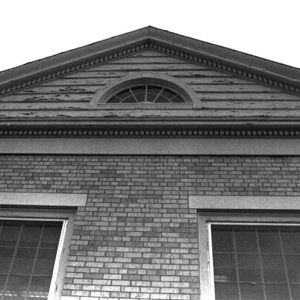 Paris Post Office Detail
Paris Post Office Detail
Entry Category: Buildings
 Paris Post Office Detail
Paris Post Office Detail
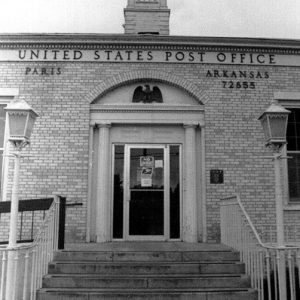 Paris Post Office Front Door
Paris Post Office Front Door
 Paris Post Office Interior
Paris Post Office Interior
 Park Hill Historic District
Park Hill Historic District
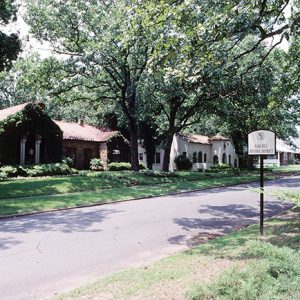 Park Hill Historic District
Park Hill Historic District
 Park Hotel
Park Hotel
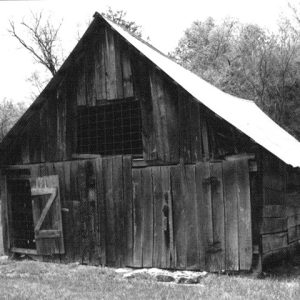 Parker-Hickman Farm Barn
Parker-Hickman Farm Barn
 Parker-Hickman Farm Barn
Parker-Hickman Farm Barn
Parker-Hickman Farm Historic District
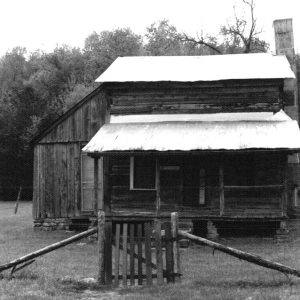 Parker-Hickman Farm House
Parker-Hickman Farm House
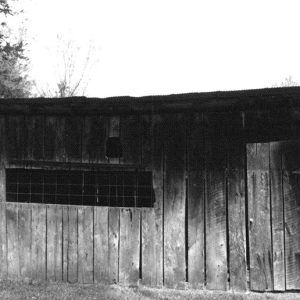 Parker-Hickman Farm Outbuilding
Parker-Hickman Farm Outbuilding
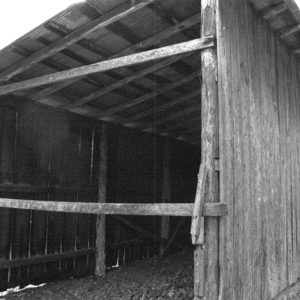 Parker-Hickman Farm Outbuilding
Parker-Hickman Farm Outbuilding
 Parker-Hickman Farm Outbuilding
Parker-Hickman Farm Outbuilding
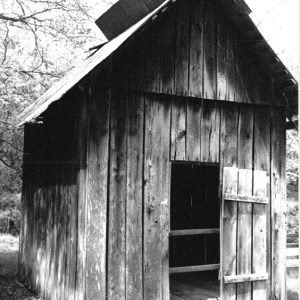 Parker-Hickman Farm Outbuilding
Parker-Hickman Farm Outbuilding
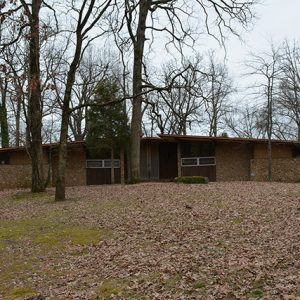 Patteson House
Patteson House
Patteson House
Paul Laurence Dunbar High School
aka: Dunbar Junior and Senior High School and Junior College
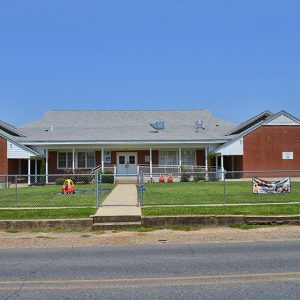 Peake High School
Peake High School
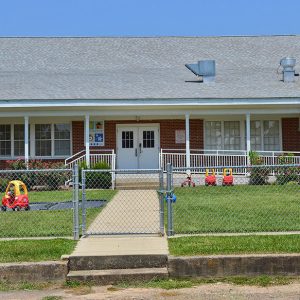 Peake High School
Peake High School
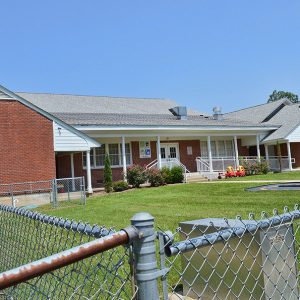 Peake High School
Peake High School
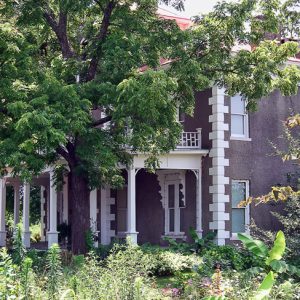 Peel Mansion
Peel Mansion
Peel Mansion Museum and Heritage Gardens
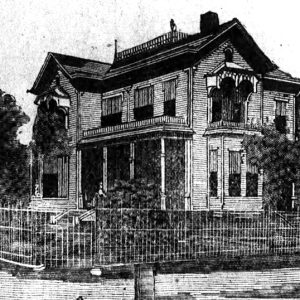 Charles F. Penzel House
Charles F. Penzel House
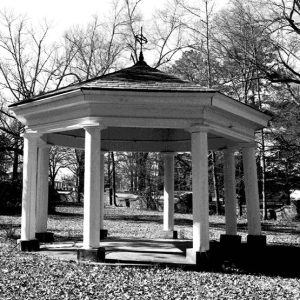 Pergola
Pergola
Perry County Courthouse
Perry Rock Island Railroad Depot
Perryville American Legion Building
aka: Doyle-Leach Post American Legion Hut
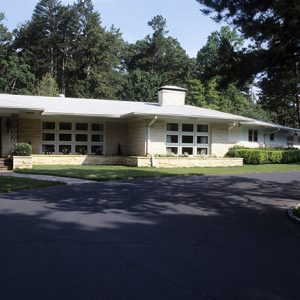 Peter Dierks Joers House
Peter Dierks Joers House
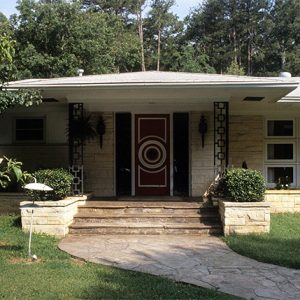 Peter Dierks Joers House
Peter Dierks Joers House
Peter Dierks Joers House
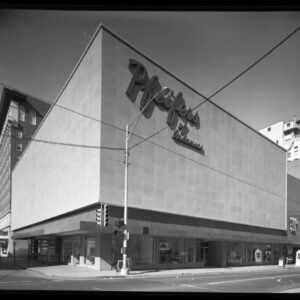 Pfeifer Brothers Department Store
Pfeifer Brothers Department Store
Phillips County Courthouse
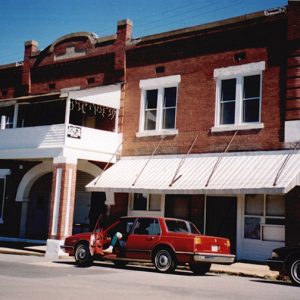 Phoenix Hotel
Phoenix Hotel
Phoenix Hotel
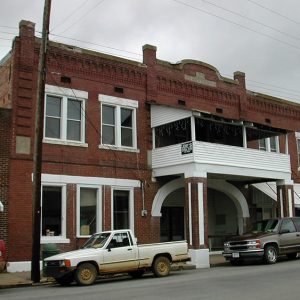 Phoenix Hotel
Phoenix Hotel
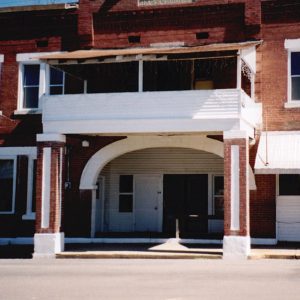 Phoenix Hotel Entrance
Phoenix Hotel Entrance
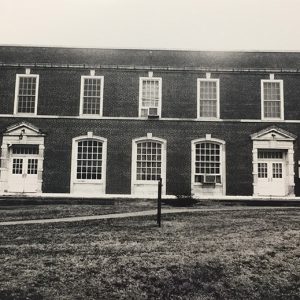 Physical Education Building
Physical Education Building
Physical Education Building (Arkansas Tech University)
aka: Techionery Building
Piggott Post Office
Pike County Courthouse
Pike-Fletcher-Terry House
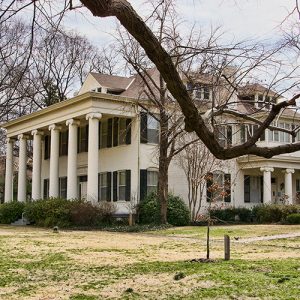 Pike-Fletcher-Terry House
Pike-Fletcher-Terry House
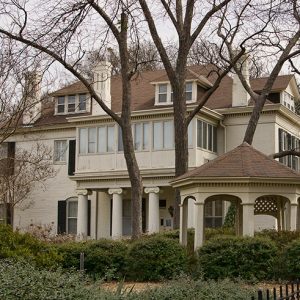 Pike-Fletcher-Terry House
Pike-Fletcher-Terry House
Pillow-Thompson House
aka: Jerome Bonaparte Pillow House
Pine Bluff Street Historic District
 Pleasant Hill United Methodist Church
Pleasant Hill United Methodist Church
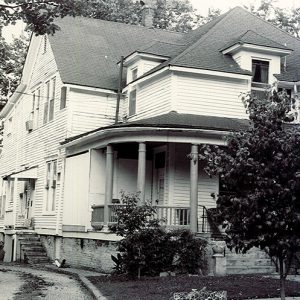 Pleasant Street Historic District
Pleasant Street Historic District
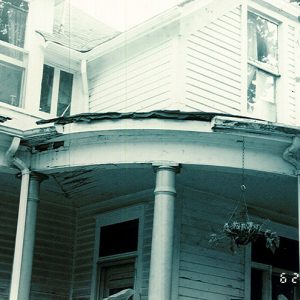 Pleasant Street Historic District
Pleasant Street Historic District
 Pleasant Street Historic District
Pleasant Street Historic District
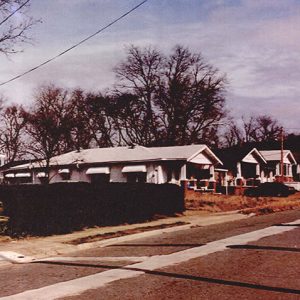 Pleasant Street Homes
Pleasant Street Homes




